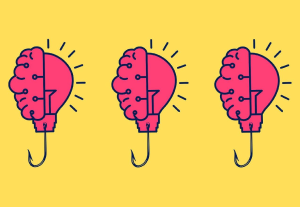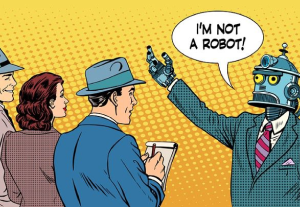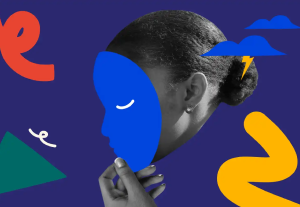- Behavioral Science, Customer Experience, Design, Design Theory, Emotion, Human factors, Psychology and Human Behavior, Team Dynamics, Usability, UX Education, UX Magazine
3 key things to keep in mind on the way to becoming an influential strategic player
Article by Lindsey Wallace
When Growth Feels Like Failure
- UX researchers tend to be people who like to see the impact of their work. However, as researchers climb their career ladders these stories often start to fall apart, causing self-doubt.
- The authors talks about a few key things to keep in mind on the way to becoming an influential strategic player:
- Ripple effects are part of impact.
- The bigger the ship the slower the turn
- Ownership becomes communal
Share:When Growth Feels Like Failure
Share this link
- October 11, 2022
3 min read







